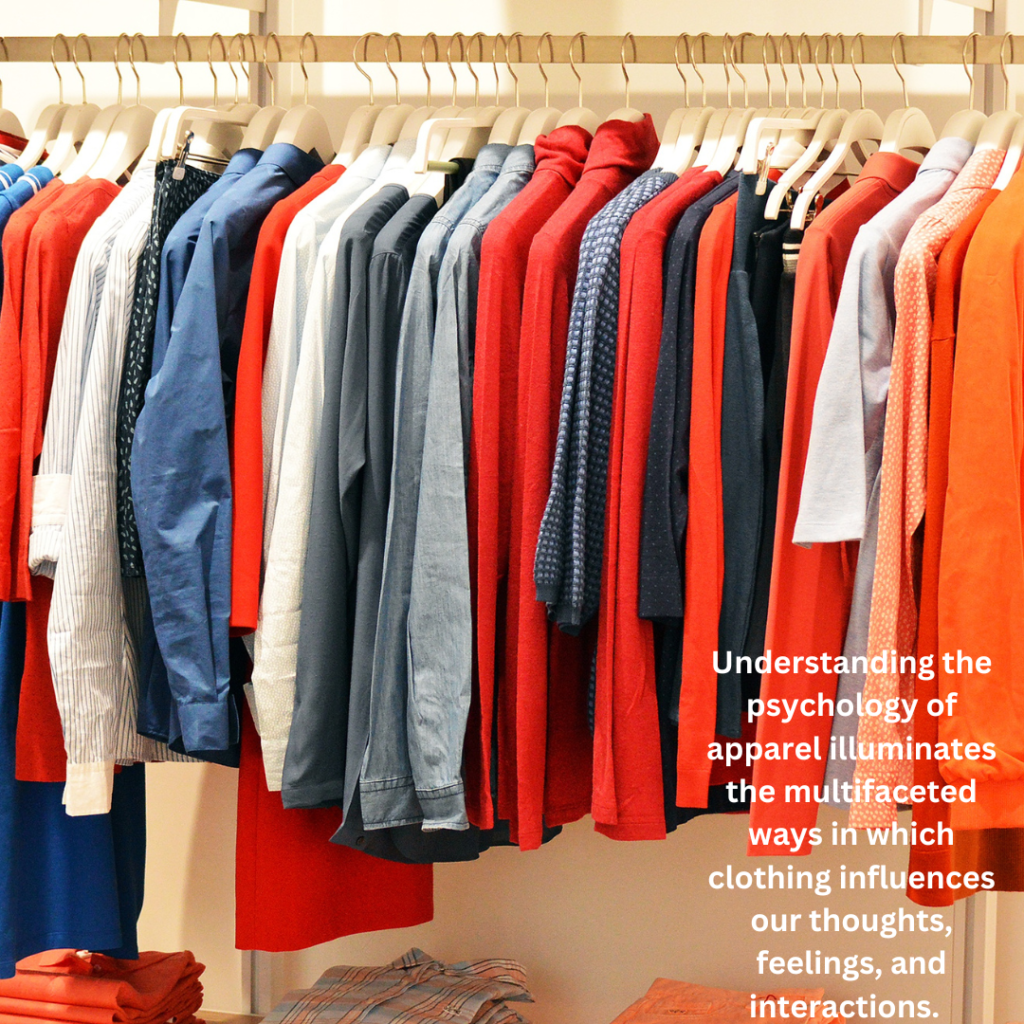
Clothing is more than just fabric draped over our bodies; it serves as a powerful means of communication, reflecting our identity, emotions, and social status. The psychology of apparel delves into the intricate ways in which our clothing choices influence perceptions, behaviors, and self-expression. This article explores the psychological principles behind apparel and how they shape our interactions and perceptions in various contexts.
Self-Expression and Identity
One of the primary functions of clothing is self-expression. The clothes we wear convey aspects of our personality, values, and interests to others. Whether consciously or unconsciously, individuals select apparel that aligns with their self-perception and desired image. For example, someone who prefers minimalist and understated clothing may value simplicity and practicality, whereas someone who opts for bold colors and patterns might seek attention or express creativity.
Social Signaling and Status
Clothing serves as a form of social signaling, communicating social status, wealth, and cultural affiliation. In many cultures, certain attire signifies membership in specific social groups or professions. For instance, uniforms worn by doctors or military personnel convey authority and expertise, while luxury brands and designer labels symbolize affluence and prestige.
The phenomenon of “peacocking,” popularized by evolutionary psychology, suggests that individuals may use fashion to attract attention and potential mates, displaying qualities such as creativity, resourcefulness, and social status through their attire.
Mood and Emotion Regulation
Research indicates that clothing choices can influence mood and emotional states. The concept of “enclothed cognition” proposes that the symbolic meaning of clothing impacts cognitive processes and behavior. Wearing attire associated with confidence and competence, such as formal business attire, may enhance feelings of empowerment and assertiveness. Conversely, casual and comfortable clothing can promote relaxation and ease.
Moreover, individuals may use clothing as a form of emotional regulation, choosing outfits that reflect or uplift their mood. For example, wearing bright colors or cheerful patterns on a gloomy day can evoke feelings of optimism and positivity.
Cultural and Gender Norms
Apparel plays a pivotal role in defining cultural norms and gender identity. Across different cultures, traditional attire embodies cultural heritage and values, serving as a symbol of identity and belonging. For instance, garments worn during cultural ceremonies or religious rituals convey respect for traditions and customs.
Gender norms influence clothing choices, shaping expectations regarding appropriate attire for males and females. While societal attitudes toward gender and fashion are evolving, clothing continues to play a role in reinforcing or challenging gender stereotypes and expressions.
Impression Management
First impressions are heavily influenced by clothing choices, as attire serves as a visual cue that shapes initial perceptions of individuals. Research in social psychology underscores the impact of “thin slicing,” where observers form rapid judgments based on limited information, including clothing. Factors such as color, style, and fit contribute to perceived traits such as competence, trustworthiness, and approachability.
Effective impression management involves understanding context-specific dress codes and selecting attire that aligns with the desired impression. Adapting clothing choices to professional settings, social occasions, or cultural norms enhances credibility and facilitates positive interactions.
Understanding the psychology of apparel illuminates the multifaceted ways in which clothing influences our thoughts, feelings, and interactions. From self-expression and social signaling to mood regulation and impression management, clothing serves as a dynamic tool for communication and identity formation. By recognizing the psychological principles behind apparel, individuals can make intentional clothing choices that align with their values, aspirations, and social contexts, fostering authenticity and meaningful connections in their personal and professional lives.